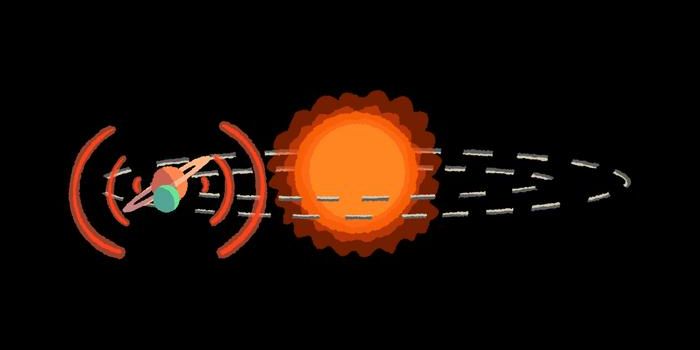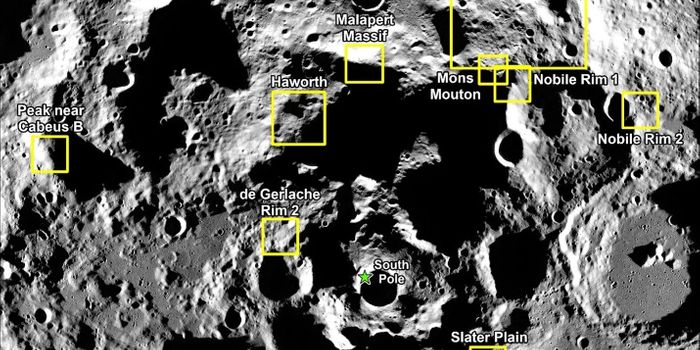Europe Turns on Galileo Location Service Satellites to Compete with GPS
GPS (Global Positioning System) is a tool that many of us use every day to coordinate our location almost anywhere on the planet. It utilizes satellite signals to determine our precise location, and then that information gets relayed through cell towers to mobile devices like our phones, tablets, and sometimes the dashboards of our cars.
On the other hand, GPS is old, and new location service technology has been in development for ages. Among those is Europe’s Galileo system, which as of this month is now fully functional.
Image Credit: OHB/ESA
Over the past five years, the European Space Agency has helped coordinate the launch of 18 Galileo satellites that would assist the system in covering all grounds of the planet. More are planned to help strengthen the capabilities of Galileo in the future, but for now it’s just starting up.
Four of those satellites were launched just last month, and were added to the satellite array that is currently orbiting the planet. While they’ve been switched on and are ready to do some work, 6 more satellites are planned before 2020, which will complete the Galileo satellite array.
At this point in time, limited location services for smartphone and other gadgets will be accessible by device manufacturers that support Galileo, and it will be available world-wide, assuming the rest of the world wants to adopt the new infrastructure too.
Nevertheless, Galileo is still primitive at best because it’s not complete yet. It will be piggybacking off of the GPS network until it’s complete, helping to provide its users with accurate data information.
It’s doubtful that all device manufacturers will adopt full support for Galileo until a future date, as new technology launches also call for new standards and updated electronic components and software.
Each Galileo satellite orbits the Earth approximately 14,000 miles above our heads at different points, and are geostationary, meaning they keep their location in space above the Earth as the planet rotates.
It’s said that the technology built into these satellites will be the most accurate and most precise of any Earth location service to date, so it should be interesting to see what becomes of Galileo in the future and whether or not everyone with any device will be able to utilize it.
Source: European Space Agency, BBC









